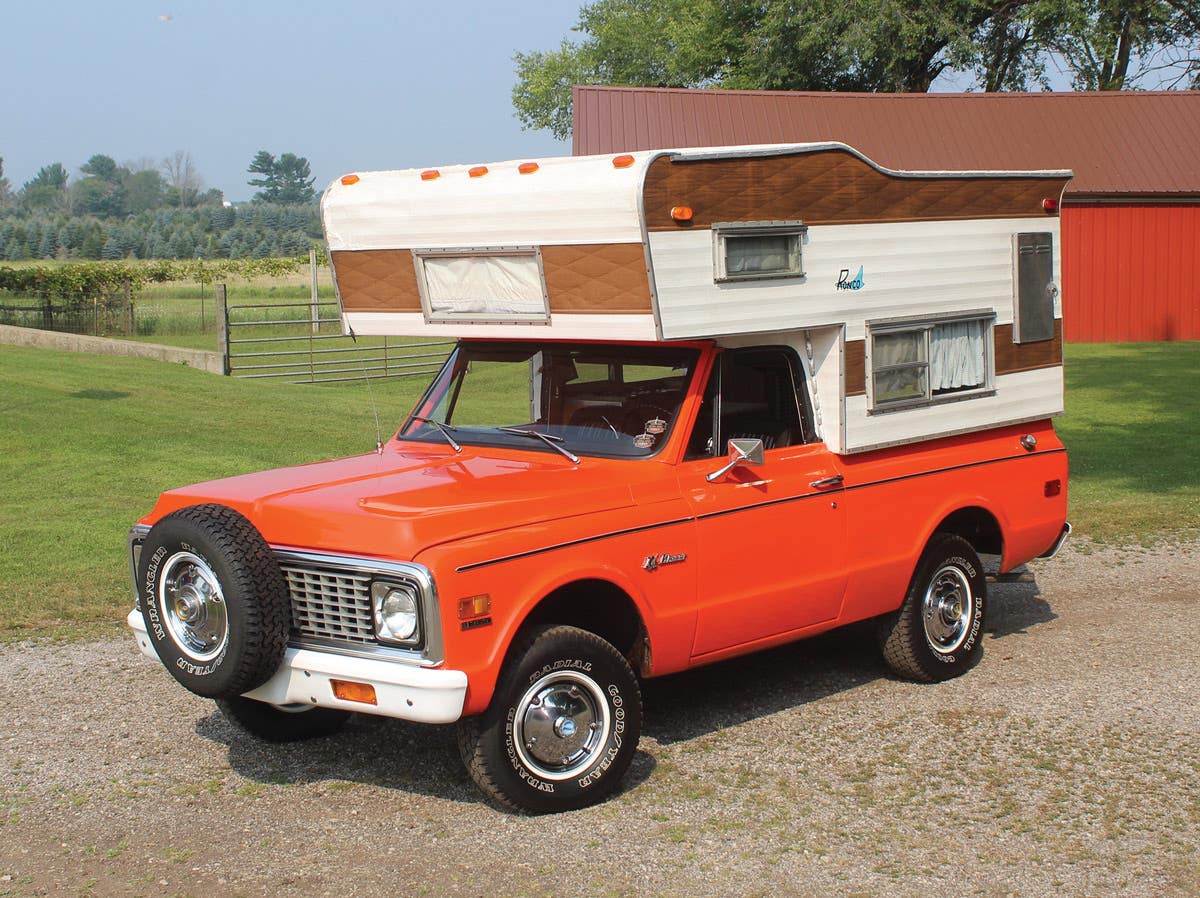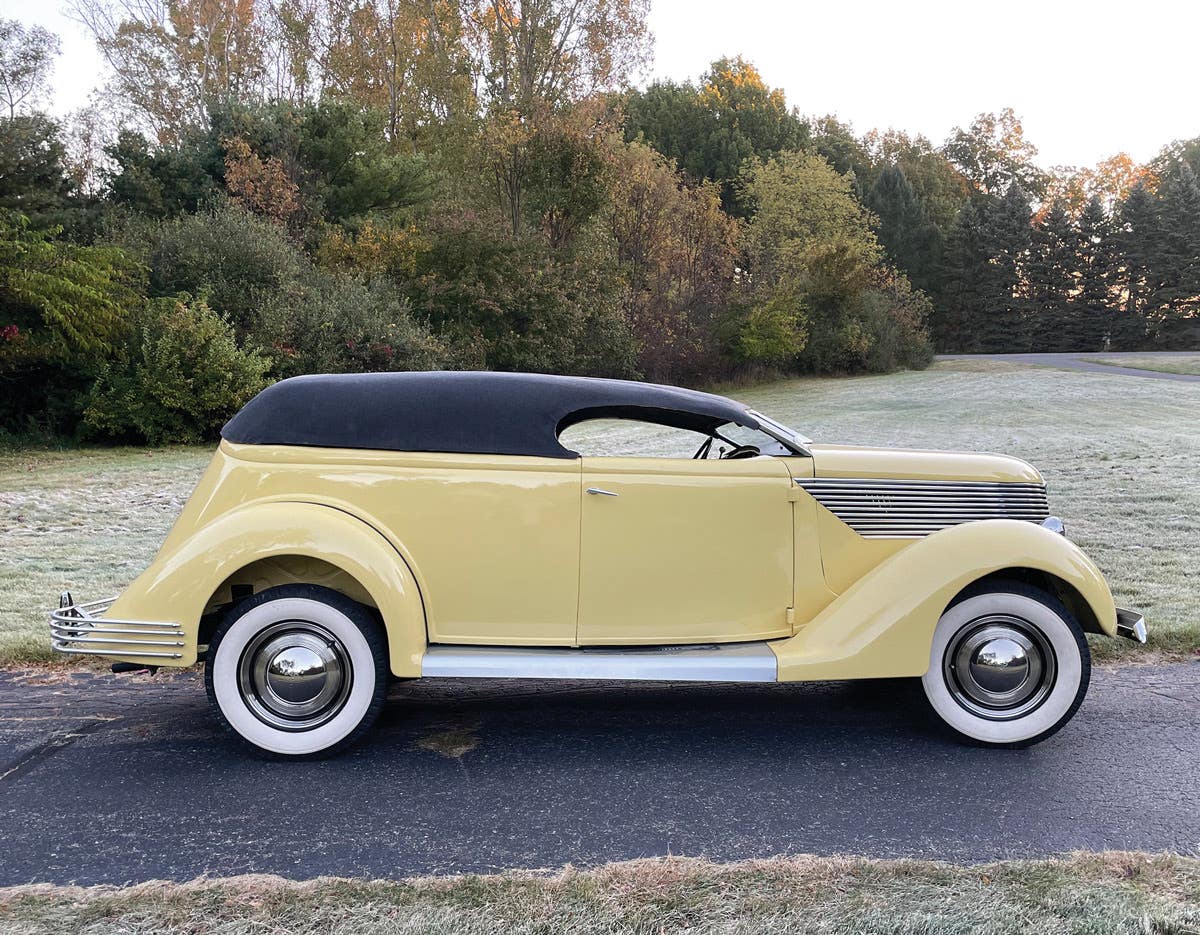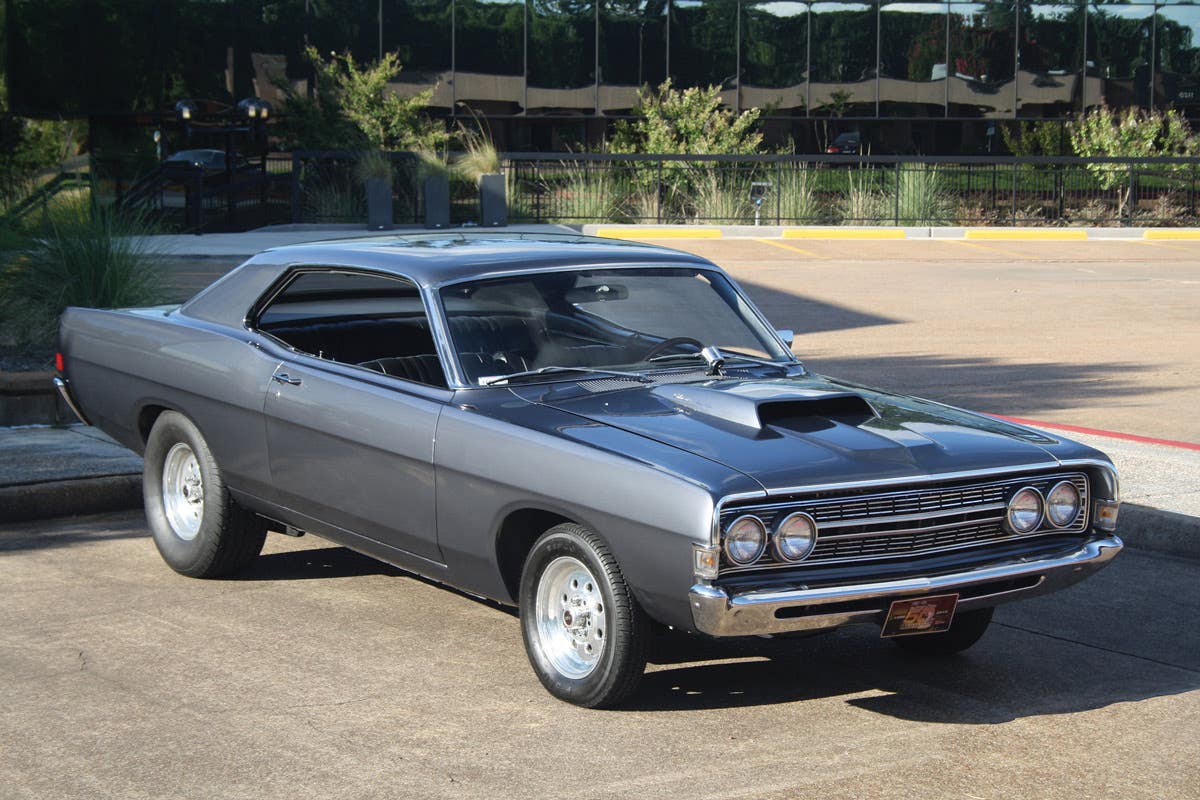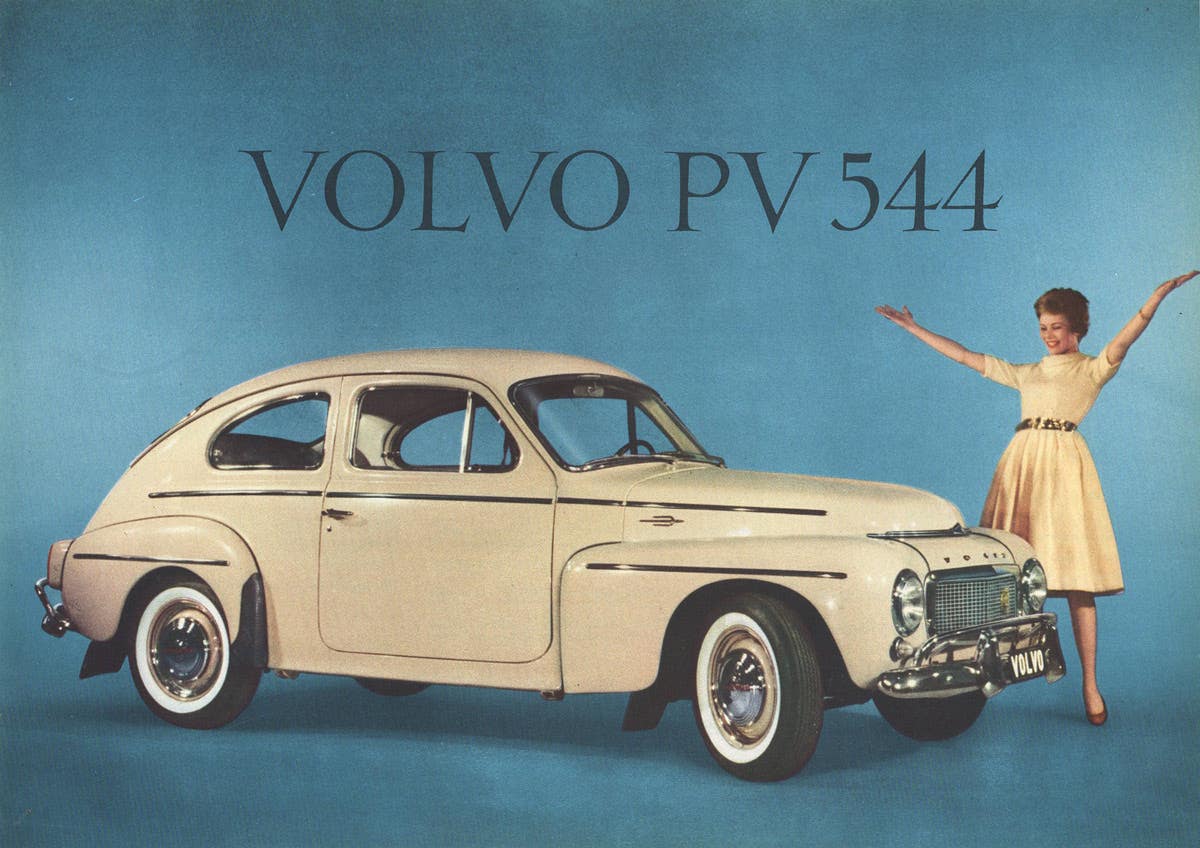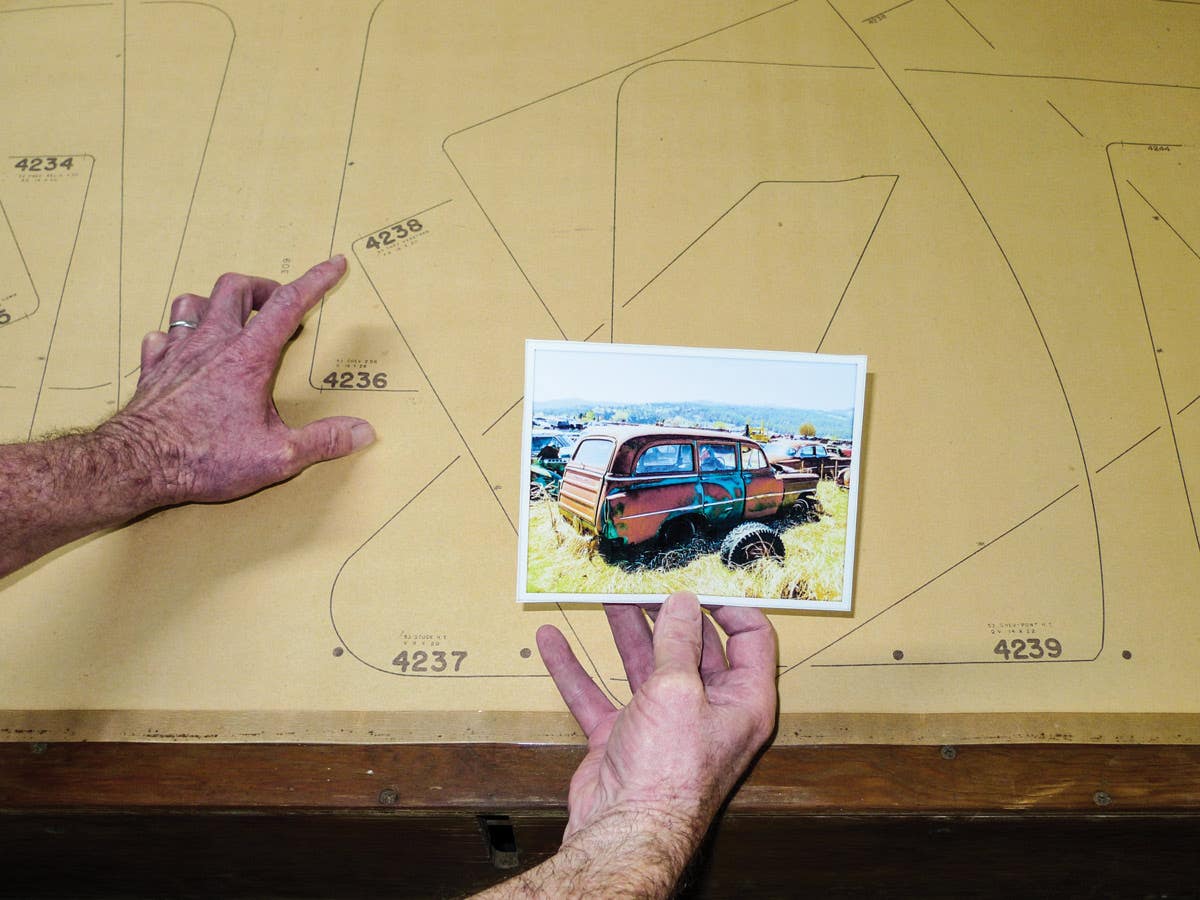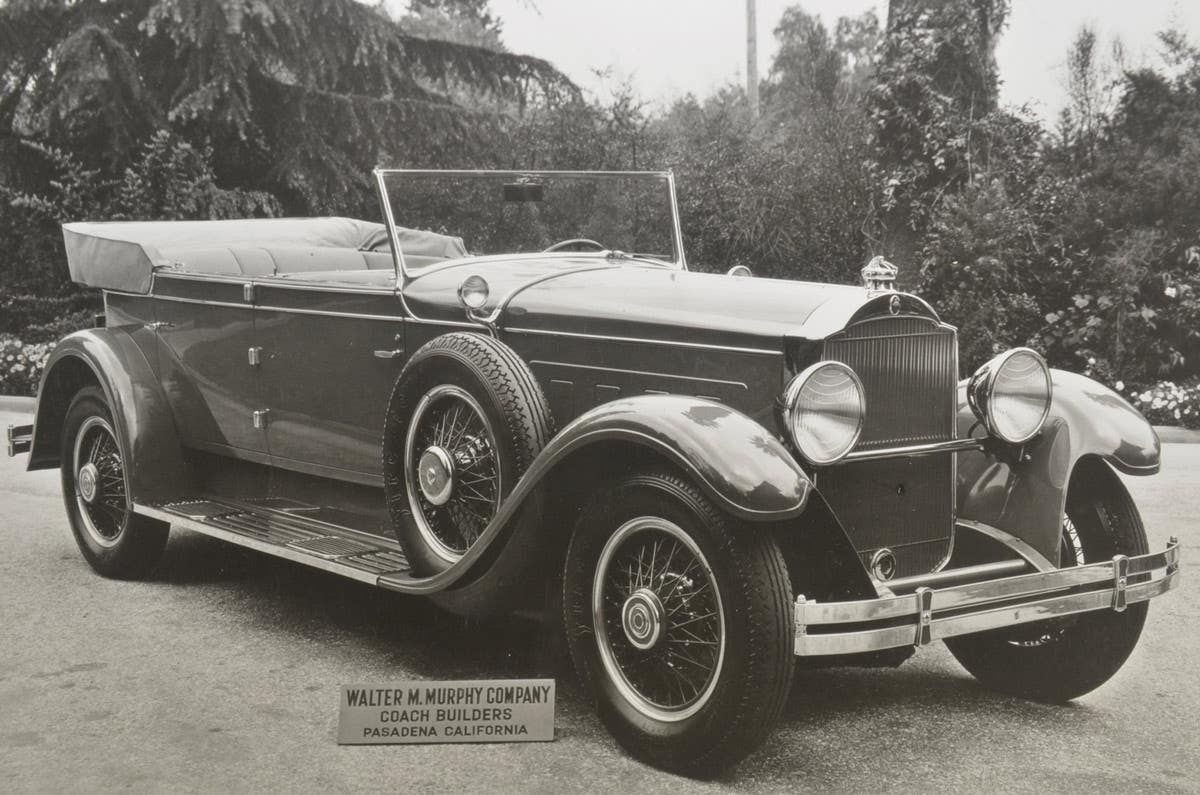A swap for an Auburn Speedster interior included this super-
charged 1937 Cord convertible coupe as part of the deal.
In 1962, before I had yet turned 22 years old, I had purchased my first Classic car, a 1931 Cadillac V-8 convertible coupe. I was mesmerized by the size and power of this car.
As I recall, the only book that was available to me to study the classic cars in the early 1960s was a book called “Famous Old Cars” by Arco, which was copyrighted in 1957 by Fawcett Publications. On page 20 was a picture of 1931 Cadillac V-12 convertible coupe, and I fell in love with the design. Soon after, I found out that the V-8 convertible coupe had exactly the same body.
When the opportunity to purchase the 1931 Cadillac V-8 from New York presented itself, I jumped. The other car that I fell in love with in this book was a Cord Phaeton. As you can probably tell, I still have this book, and at that time, it was my sole “bible” for looking at the various designs of classics and dreaming about the ones I would like to own. The Cord was always my first choice, but a 1931 Cadillac became available first.
In 1964, I got married and purchased a 1933 V-12 ?Auburn Salon Speedster from famous car collector and dealer Jim De Bickero. The Auburn was in dilapidated condition, but my “bible” had a two-page layout that made me realize that this was an important car. It took almost 10 years for me to restore the Speedster, and in the process, I came across a gentleman in Seattle, Wash., that had an eight-cylinder 1932 Auburn Speedster. We suddenly had a common interest, because the red leather interior that I originally had made for my midnight blue-with-silver trim 1933 V-12 Auburn Speedster did not seem the appropriate color. The gentleman in Seattle wanted to buy my upholstery setup as a kit for his Speedster. In the process, I found out that he not only had the Speedster, he also had a 1937 Cord phaeton, a supercharged Cord sedan and a supercharged 1937 Cord convertible coupe.
The owner forwarded pictures of his three cars to me, and when I saw the supercharged 1937 Cord convertible coupe, I knew that I had to have it. We negotiated for some time and finally agreed that I should fly out to take a look at this Cord and settle on a price, which I did. And while much has been done on the history of this car, known as the Portz-Bortz Cord, I have never told the story of what actually happened during the journey to purchase the car.
I flew out to St. Helen’s, Ore., in the summer of 1970 to see the car and allowed myself five hours of ground time before getting on a plane headed back to Chicago. My flight back to Chicago was a red-eye special that left at midnight. The Cord’s seller picked me up at 7 p.m., and instead of proceeding to show me the Cord in question, or even his other two Cords, he took me to his house and showed me his banjo collection.
I had zero interest in musical instruments, and less than zero interest in banjos, but I was smart enough to know that when it comes to buying a car, you want to keep the seller in the selling mood. It soon became apparent that, in my interest of consummating the purchase of the 1937 Cord convertible coupe, I should show some interest in banjos. Suddenly, I noticed that we had spent three hours talking about banjos and the beginning lessons of playing a banjo, and not one minute looking at Cords, let alone finding terms to settle on a price. I suggested that we were running out of time and that we should make the trip over to his garage to see the Cord, which we did.
The Cord was more than I expected and just a great car. It was supercharged and just had that look of a car that had not been overly tampered with. I told him that I wanted to buy it, and I recall that I offered him a very fair price of $9,000, plus the restored red leather interior from my Auburn Speedster, in exchange for his unrestored interior and the Cord. He was very firm on his price — $10,000, plus the exchange of interiors — and I was very firm on my offer, so I suggested that we start the drive out to the airport, because the last flight of the evening was at midnight and we were well over an hour from the airport. I remember arriving at the airport at 11:30 p.m. after spending the car ride justifying our offers to one another.
As we sat in front of the airport, we could both peer through the large glass windows in the front out to the back of the airport and see the last plane in a stall. I remember looking at my watch and telling the seller, “My plane leaves at midnight in 15 minutes, we have to make up our minds.”
To be honest, I cannot recall whether we agreed on his deal or mine. I do remember that we shook hands and made the deal, and I took off fast on foot to catch my plane. As I approached the middle of the airport, I saw that last plane start to taxi out. I couldn’t believe it and began to run a little faster, thinking that I would be able to catch the plane before it took off, but of course, I was no match for a plane and it was soon gone.
As I caught my breath, I looked around the airport and realized it was closed. A few posted signs said, “This airport opens at 5 a.m. seven days a week.” I quickly discovered that I was the only person in the airport. There were no food facilities or vending machines, and amenities were limited to a water fountain, a bathroom and a multitude of wooden benches. I quickly concluded that I had no choice but to wait until the airport opened at 5 a.m., a mere five hours away! Much to my chagrin, I got to spend those hours sleeping on one of those wooden benches.
I did find some old newspapers to wrap up as a pillow and dozed off until I heard the noises of the airport ticket agents arriving in the morning to open and get ready for the morning business and that day’s travelers.
A new day, a new car for the collection and a new backache I thought would never leave. It did, however, but I still have that Cord.
Learn more about 1937 Cords
in OldCarsReport.com
MORE RESOURCES FOR CAR COLLECTORS FROM OLDCARSWEEKLY.COM



